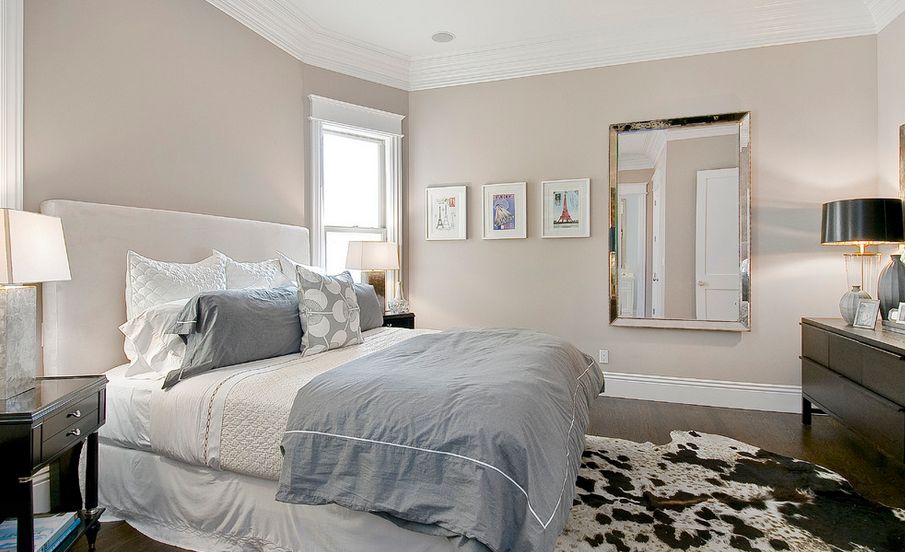Color is a powerful tool that can influence our mood and emotions. In the bedroom, the colors we choose can have a significant impact on how we feel and even how well we sleep. This is known as color psychology, a field that explores how different hues can affect our mental and physical wellbeing.
When it comes to the bedroom, it is important to choose colors that promote relaxation and create a calm and peaceful environment. Here are some popular colors and their psychological effects:
1. Blue: Blue is often associated with calmness and serenity. It has been found to lower blood pressure and heart rate, making it an ideal color for promoting sleep and relaxation. Light shades of blue are soothing and can help create a sense of tranquility in the bedroom.
2. Green: Green is a color that symbolizes nature and harmony. It is believed to have a balancing effect on emotions and can help reduce stress and anxiety. Green is also a refreshing color that can promote restful sleep.
3. Lavender: Lavender is a soft and calming color that is often used in bedrooms to promote relaxation and sleep. It is known for its soothing properties and can help reduce anxiety and promote a sense of calmness.
4. Gray: Gray is a neutral color that can create a sense of calm and balance in the bedroom. It is versatile and can be paired with other colors to create a tranquil and peaceful environment.
5. White: White is a classic color choice for bedrooms, as it is clean, fresh, and can create a sense of spaciousness. It is also associated with purity and innocence, making it a popular color for promoting relaxation and restful sleep.
While these colors are known for their calming and soothing effects, it is important to choose colors that resonate with you personally. Some people may find comfort in warmer tones like soft yellows or peach, while others may prefer the grounding effect of earthy browns or deep purples.
In addition to the color of your walls, consider incorporating color through bedding, decor, and textiles. Soft, comfortable bedding in calming colors can enhance the relaxing atmosphere of your bedroom and help you unwind after a long day.
Overall, the colors you choose for your bedroom can have a significant impact on your mood and sleep quality. By understanding the principles of color psychology and selecting hues that promote relaxation and peace, you can create a sleep sanctuary that nurtures your wellbeing and supports restful sleep.
 darbylanefurniture.com Interior design ideas with the latest interior inspiration
darbylanefurniture.com Interior design ideas with the latest interior inspiration




















